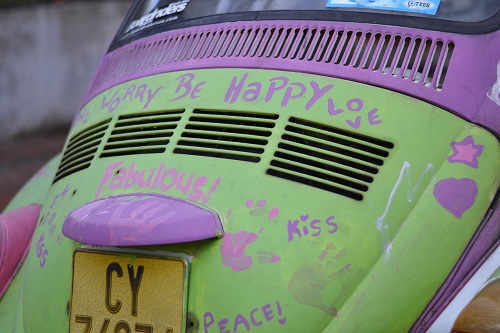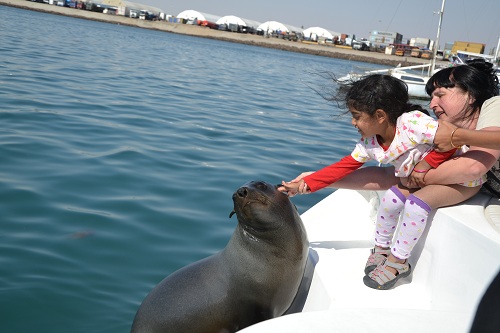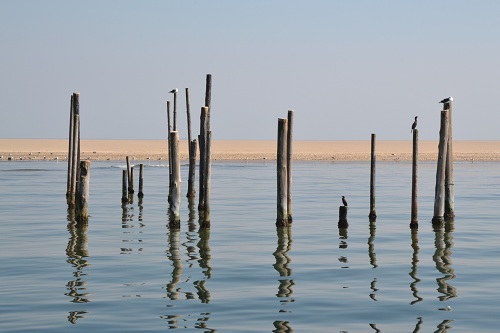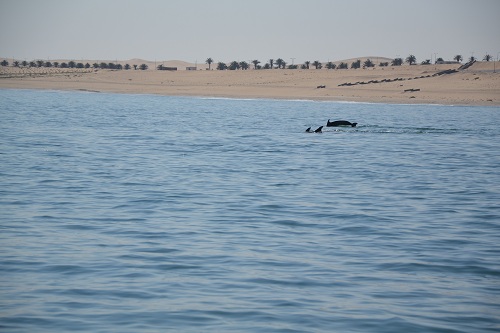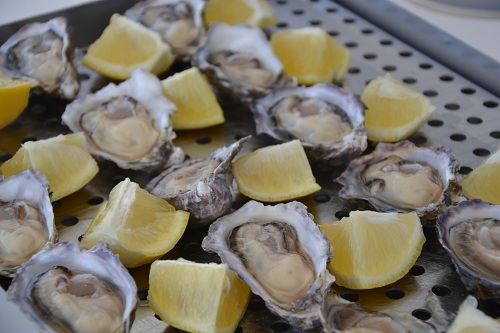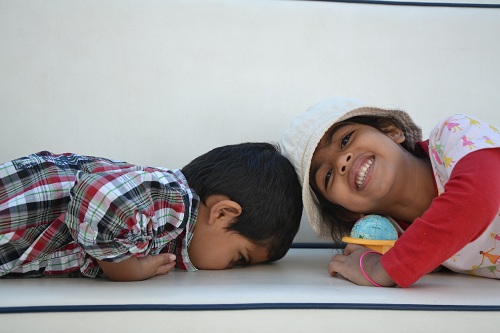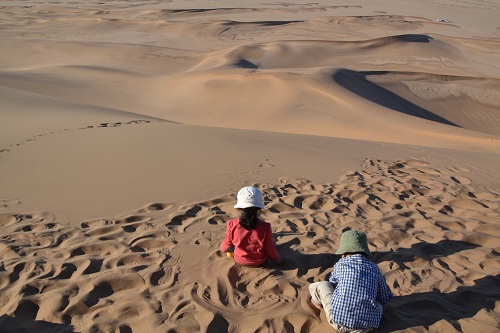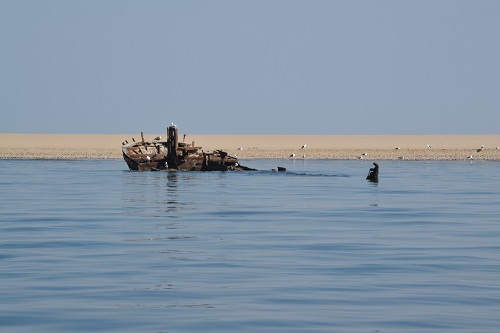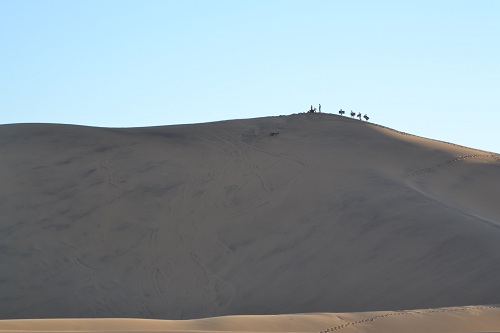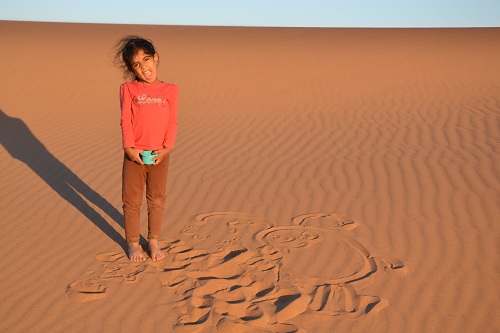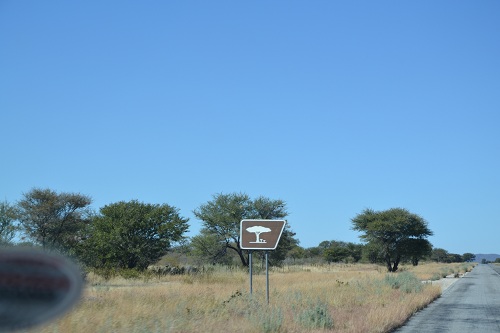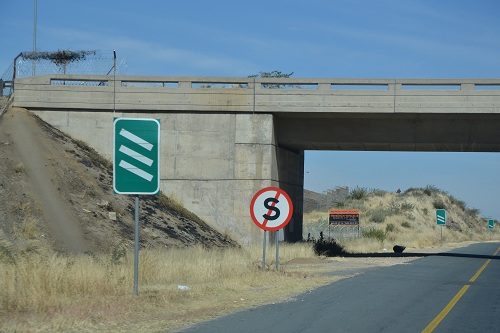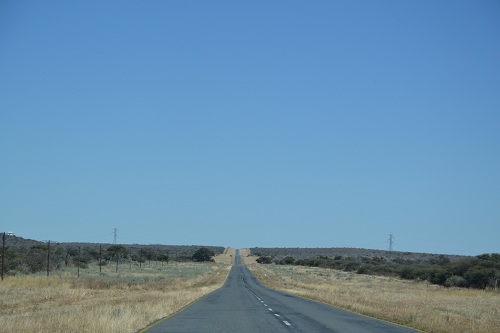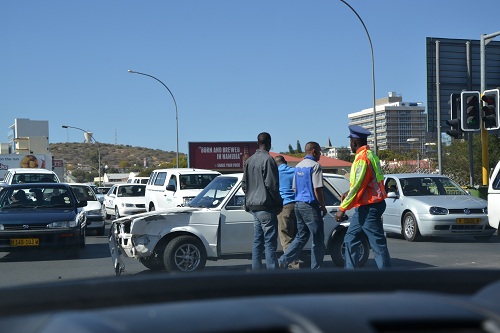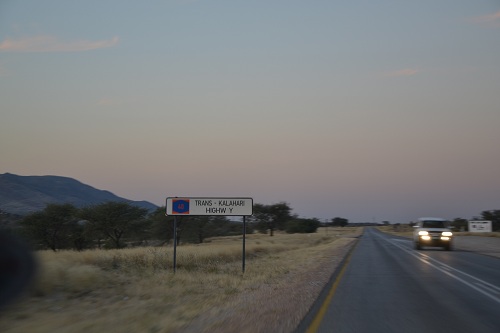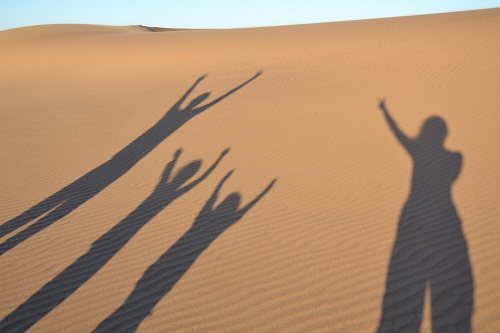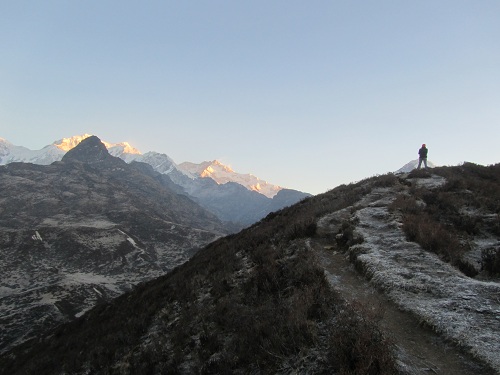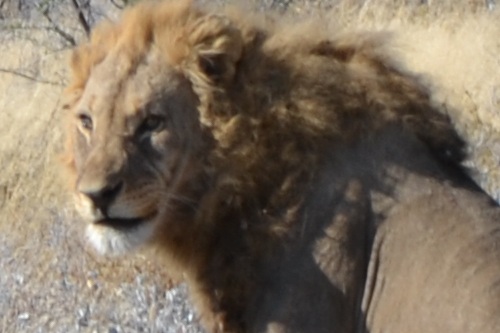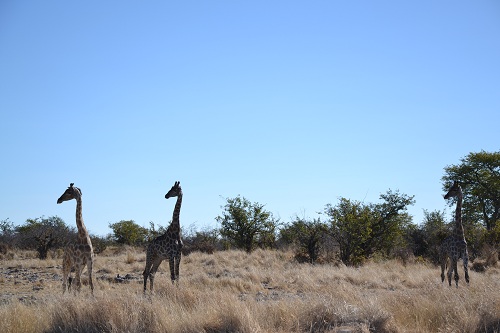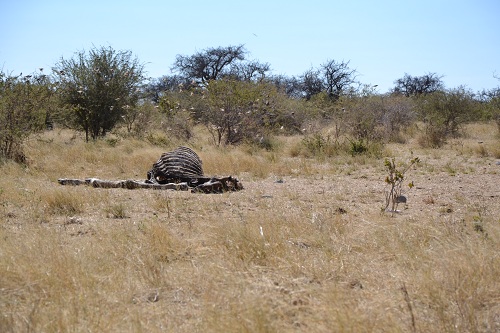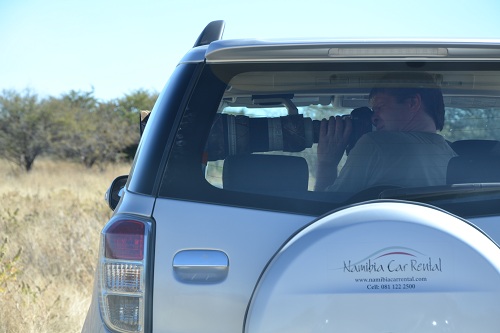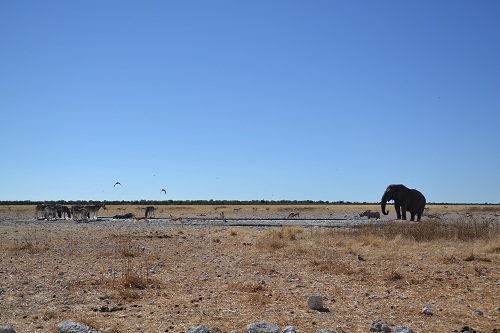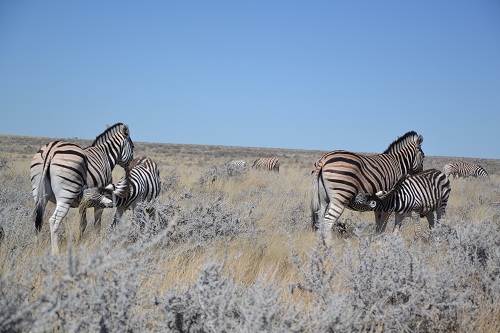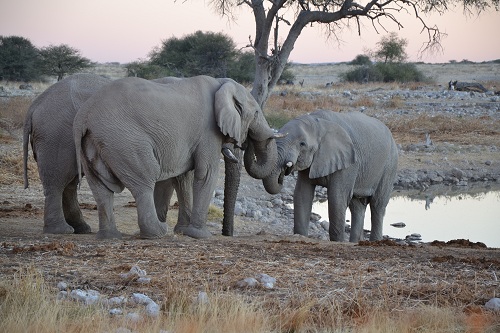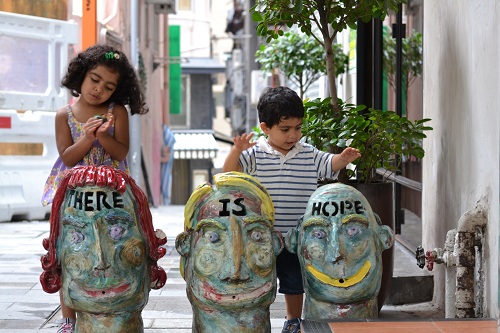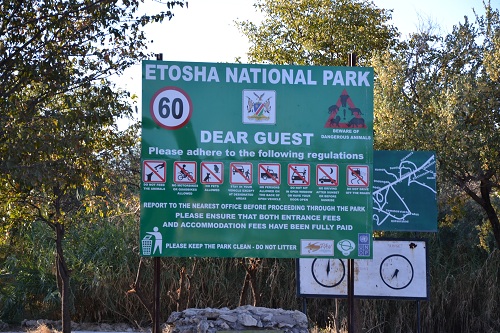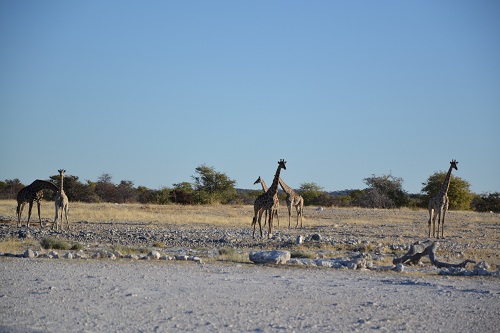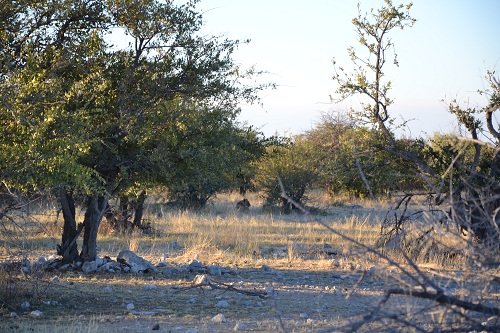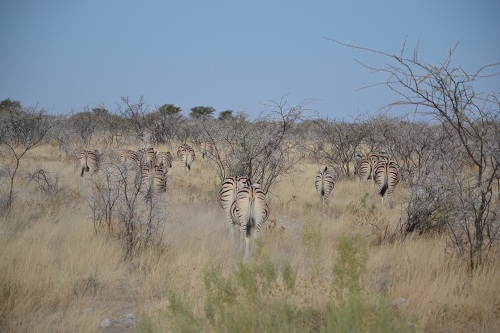For as long as I can remember, my grandmother treated all my ailments with a shot of brandy. I am a strong believer that a good glass of wine cures most pains. We are not the only ones who believe alcohol is medicinal. Jan Van Reibeck, a surgeon of the Dutch East India Company, was charged with managing the supply station in the Cape of Good Hope. The Dutch maintained the area as restocking a midpoint between home and India. One of the leading causes of death for the sailors was scurvy and the Dutch believed that grapes and wine would ward off the decease. The exact date of South Africa’s wine birth can be traced to Jan Van Reibeck’s February 2, 1659 journal entry, “Today, praise be to God, wine was pressed for the first time from Cape Grapes.” Since then, South Africa has grown to be the world’s eighth largest producer of wine by volume.
We’ve visited vineyards in all corners of the earth but had yet to see a wine country as beautiful as the Cape Town winelands. Even during winter, which the locals say is dreary, the mountains glisten green and the vineyards form blankets along the hills and lakes east of Cape Town. Many vineyards have horse stables, lakes for fishing, and small game reserves or orchards, all of which add to the allure. Wine tasting in South Africa is a leisurely affair. Many tasting rooms are set up as living rooms, with expansive views and inviting fireplaces. Some even have pre-packed picnics so you can enjoy a meal among the grapes. Tastings last over an hour as visitors are there for the atmosphere as much as for the wine.
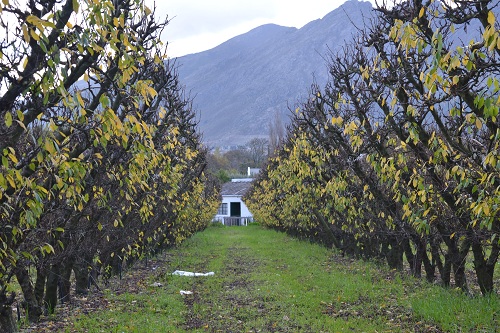
We are on a mission to expose our kids to anything and everything and see no reason why wine tasting should be any different. By that we mean Ava and Kayan do the wine sniffing and Sandeep and I do the swallowing. We chose to park ourselves at Vrede en Lust, a winery whose history spans over 300 years. We felt very welcome upon entry when this sign greeted us.
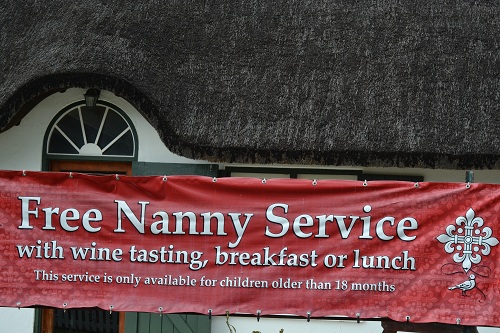
As tempting as it was, we decided to forgo the nanny and have Ava and Kayan help with the tasting. As we admired the view over the mountains, the sommelier chatted away about pencil shavings and coffee on the nose. We asked the kids for their olfactory opinions.
For the Rose, Kayan said, “Strawberries and chocolate.”
For the Merlot, Ava said, “roses and rainbows.”
For the Chardonnay, they both agreed, “Gummy bears!”
Just to be clear, they only drank water.
As much as we know what wines we like and don’t we’ve never been able to describe the smells with such flair. It just goes to prove that kids to have stronger and less inhibited senses than adults.
One of the many things we already love about Cape Town is how child friendly it is. The winery offered the kids a set of crayons, a sticker book and paper to busy themselves while we enjoyed our wine. When we asked for a recommendation for another “child friendly” vineyard, our hosts casually assured us that anyone would welcome the kids. I guess there is plenty of love for everyone in the winelands.
